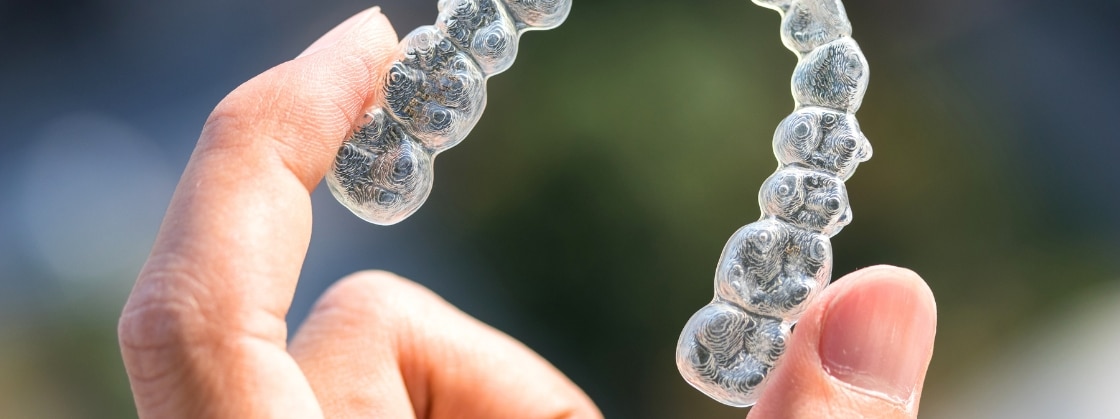Invisalign procedure is indeed one of the most popular procedures for getting a straighter smile. Unlike traditional options, this orthodontic device is completely invisible. So the world won’t get to know about your treatment. Moreover, proper teeth alignment will not only improve your aesthetics but also help you prevent dental diseases.
Read this blog to learn how this dental device can fix your teeth’ alignment without any limitations or side effects.
How Does Invisalign Differ From Traditional Braces?
These aligners are made of smooth dental plastic, while metal braces have sharp wire brackets and edges. Not only are these aligners comfortable, but they are also removable, too. You can easily remove them while eating food or drinking beverages.
Maintaining oral hygiene is also easier with this particualr dental device. You can continue to brush and floss your teeth like before. Just rinse or soak your clear aligner before putting it back on. The smooth edges of this device will protect you from injuries caused by metal brackets and wires.
What Is The Step-By-Step Process of Invisalign Treatment?
Here are the steps that you might have to undergo while undergoing this particular treatment:
Consultation
During the first consultation, the qualified orthodontist will evaluate your dental condition to determine your eligibility for invisalign. They might use digital scans and advanced 3d imaging technology to check if your misalignment is severe or moderate. You might also be able to see the possible outcome of the treatment.
Customized Treatment
After your scans, the dentist will use advanced technologies to build a customized treatment plan for you. They can precisely plan out the movement of your teeth throughout the treatment. The duration of this procedure does vary from person to person but usually lasts around 6-18 months.
Your First Set Of Aligners
Once you receive your aligners, wear them every day to get the desired results. This custom-made orthodontic device will snugly fit over your teeth. It might take you a few days to adjust yourself to this treatment. Over time, you will be able to speak and eat normally, as you did before.
Maintenance tips
Wear your aligners as directed by your orthodontist. Try to wear them for 20-22 hours per day and remove them only for eating and drinking beverages. Brush and floss daily to remove bacteria. Rinse your aligners with warm water and avoid food items that can stain your oral device.
Regualr Check-ups
Throughout your treatment journey, you must go for regular check-ups to track progress and make the necessary adjustments. Switch to a new set every 1-2 weeks to continue shifting your teeth gradually. Once the dentist confirms that your teeth are completely aligned, you can start enjoying your bright smile.
Are You Qualified For Invisalign?
You must have healthy teeth and gums to qualify for this treatment procedure. This device needs support from your gums to work properly. A dentist might advise you against this procedure if you are suffering from gum diseases and other problems.
With proper care, you can soon enjoy the benefits of this dental procedure. According to studies, they can move teeth with 50% accuracy.
Invisalign is a comfortable and discreet solution for straightening your teeth. By following the step-by-step process, you can achieve a confident smile with minimal disruption to your daily life. You can soon enjoy an aligned smile.
Are you ready to reposition your teeth? Contact us for consultation.


